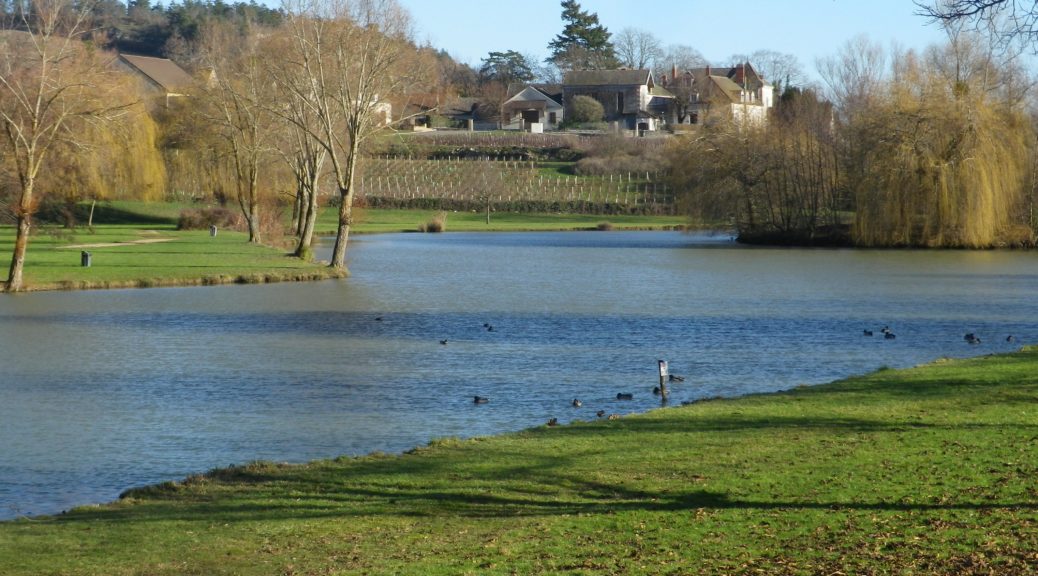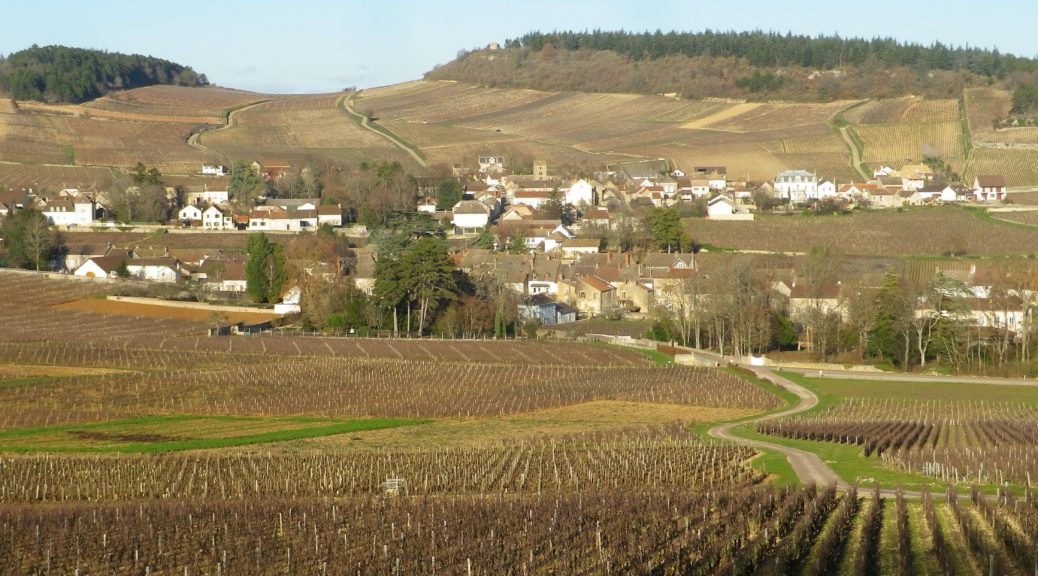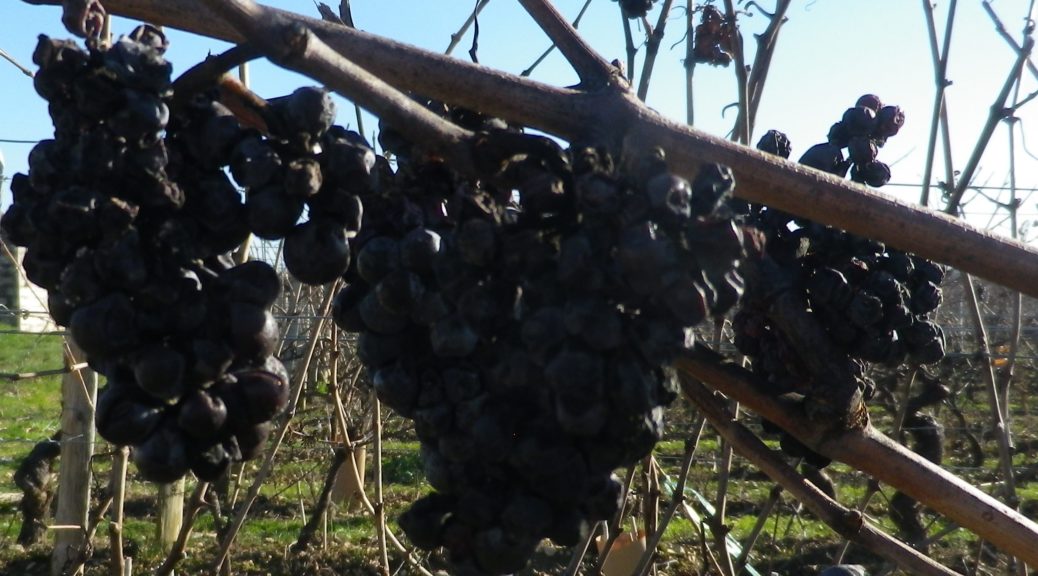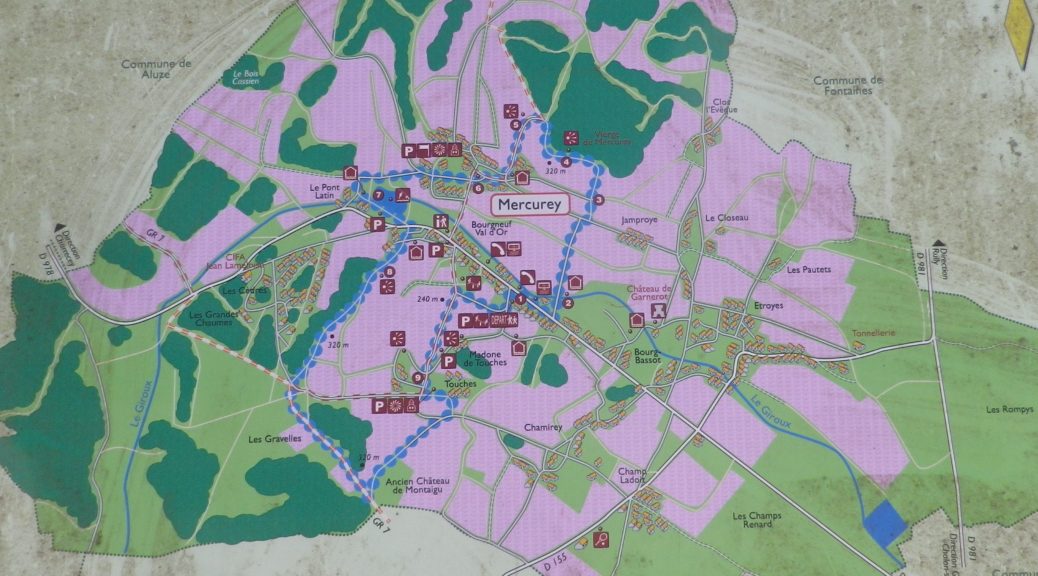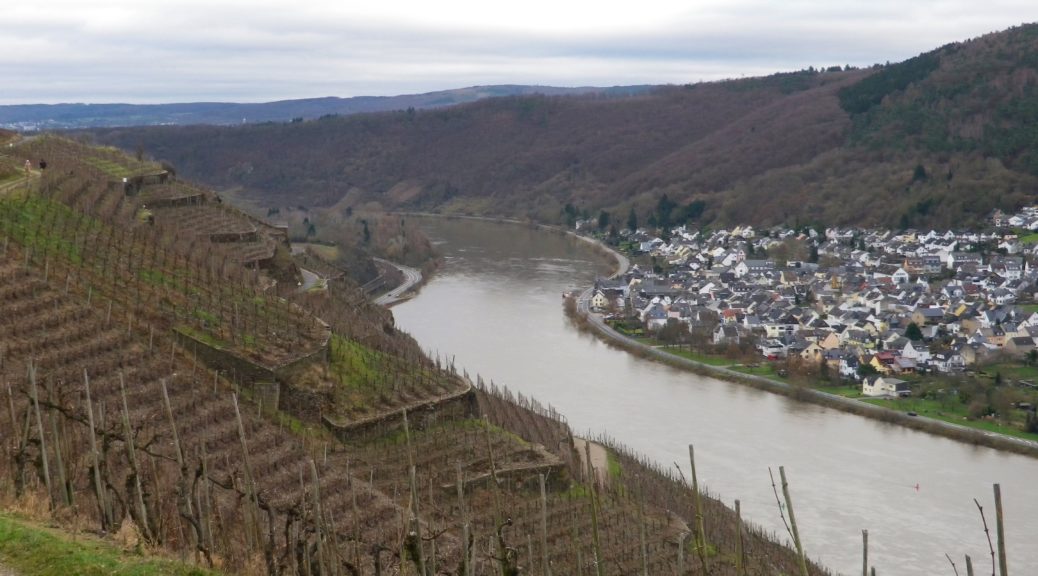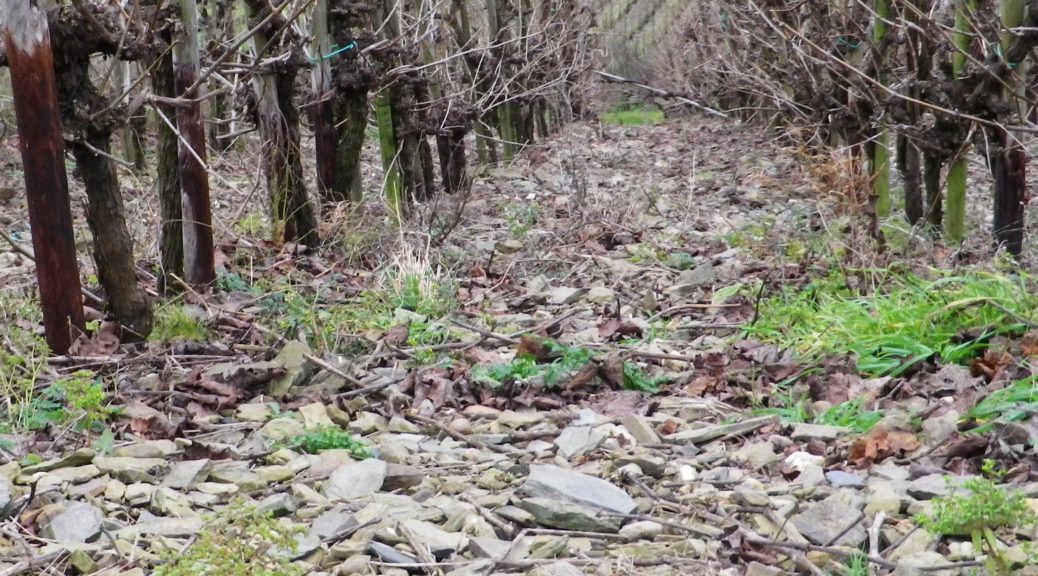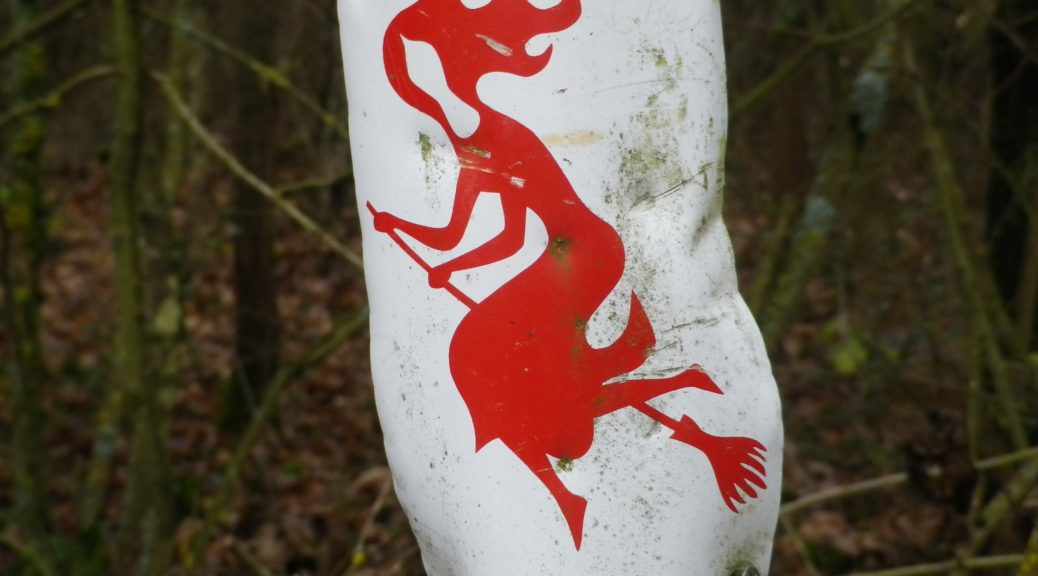Monthly Archives: January 2019
A Godly Wine
Mercurey, named after the Roman God Mercury, god of commerce trade and travelers, was a fortuitous discovery for this traveler of wine country. Both the village and the eponymous appellation lie in the Cote Chalonnaise sub-region of the Burgundy wine region. The village made its entry into history as a way-stop on the Roman trade route leading to Autun from Chalon-sur-Saone, graced by a small temple to the god of trade. Presumably, this route proceeded along the same straight trajectory as the modern road through the center of town, alongside a steam. But the village’s real piece of luck was to be set in natural amphitheater. While the road follows the stream in the bottom land, vines cover the slopes all around.
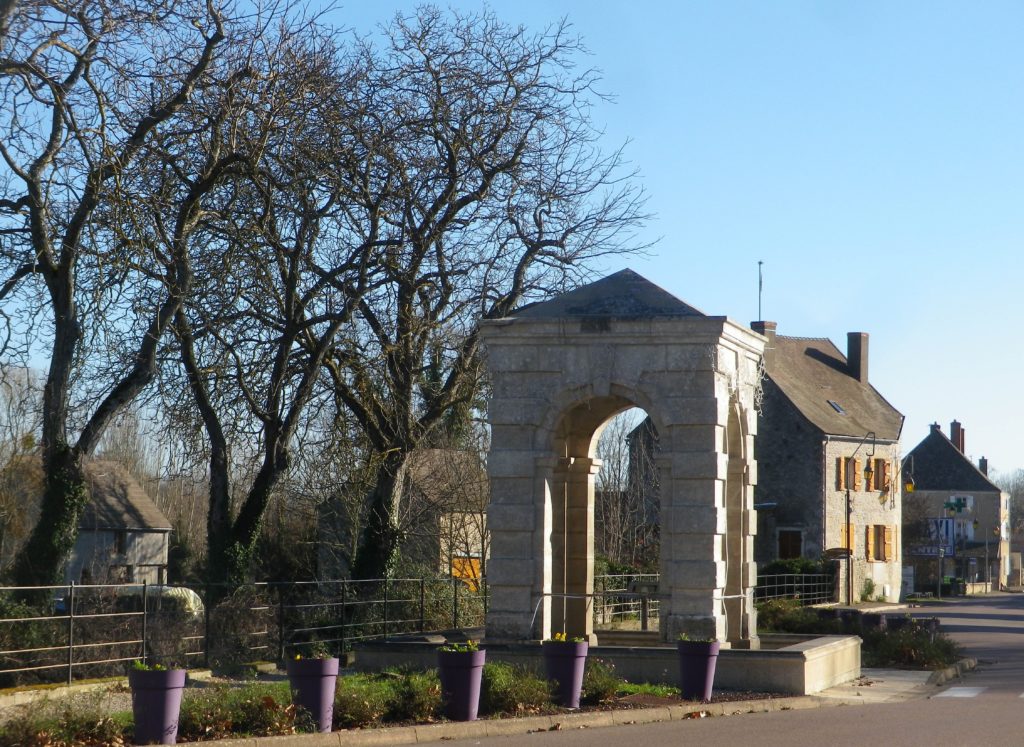
Wine Notes: Mercurey
What I Learned
Mercurey is a small appellation in the Cote Chalonnaise wine sub-region of Burgundy. This appellation has about 800 hectares under vine, spread between the villages of Saint Martin sous Montaigu, and Mercurey, with its hamlets of Touches, Chamirey and Etroyes. A number of Premier Cru are found throughout this area. Viewing the area, one is struck by the number of clos – enclosed vineyards.
About 85 percent of total harvest comes from its famed Pinot Noir grapes, which do exceptionally well in its soils. A parcel entitled Les Ruelles is known in particular for its clay soil, almost blood red in color due to its high iron content, giving wines from this parcel distinct flavors. Total red wine production in this AOC is about 3.3 million bottles every year.
Mercurey: Trail in a Nutshell
Trail Name: Mercurey; AKA: Circuit des Vignes (Circuit of the Vignes), Petite Boucle de Mercurey (Small Circuit of Mercurey), and M1 (on signs)
Trail Type: Short distance circuit through various landscapes, but half of it vineyards; fairly well-maintained with a variety of surfaces, including some naturally rough (rock) surfaces in places; some climbing; marking on the trail very good overall.
Length:
Total – 7.75 kilometers/4.8 miles
Convenient to: Chalon sur Saone, or Macon, France
Marking: Yellow lines; as well as posts indicating positional and directional references
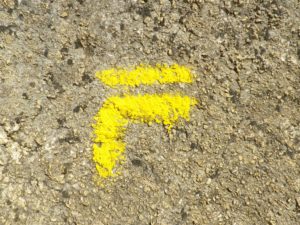
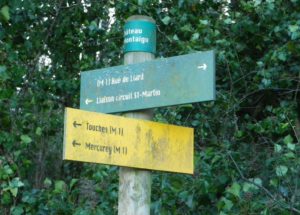
On Witches and Wine
On a dark December day, Christmas Eve 2017, the raw wind cut like a knife atop the Hexen Berg above Winningen. The beautiful views of the Moselle Valley from above, belied an ugly past here. Hexen Berg means Witch Mountain, and here, from 1641 to 1651, many so-called witches were cruelly burned alive during a period of great superstition and intolerance.
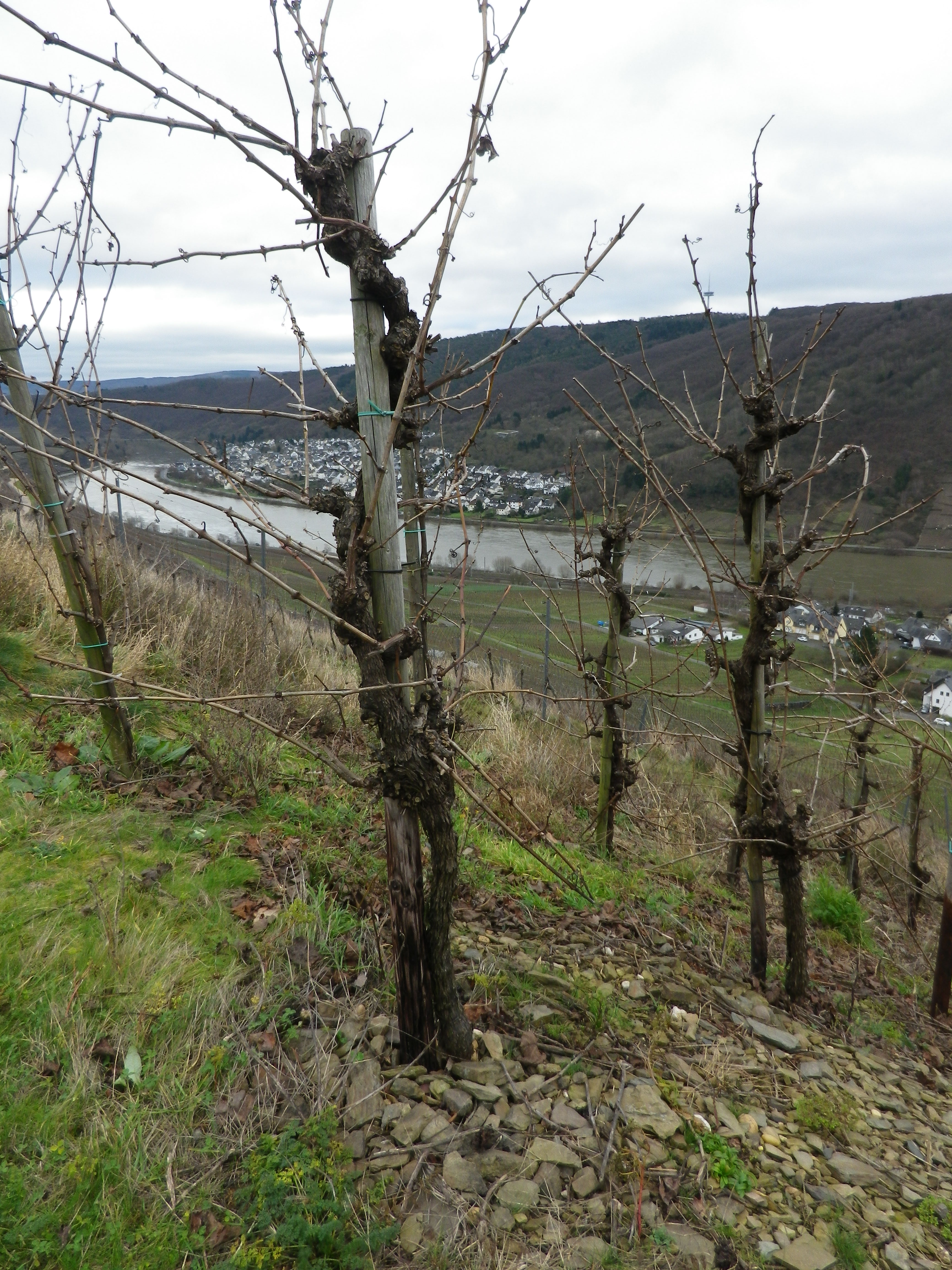
Wine Notes: Terraced Moselle
What I Learned:
Germany’s Moselle River region is as an important wine-producing area in Germany as the Rhine region. Called the “Mosel,” in German, it is also important to the wine industries in Luxembourg, and Lorraine, France. It is the oldest wine producing region in Germany.
The Moselle is famous for its slate. Ribs of the stuff poke out from the earth, and chunks of it cover the ground under the vines. While the Moselle is not as long as the Rhine, it is so diverse as it flows northeast through Germany, that it can be divided into distinct wine areas. Germans refer to these Moselle sections as the Upper Moselle, beginning at the French border, the Middle Moselle, and the Lower Moselle, ending at Koblenz.
Hexenpfad: Trail in a Nutshell
Trail Name: Winninger Hexenpfad
Trail Type: Short distance; well-maintained, varied surfaces (grass, earthen, paved; signage good in some places, but lacking in others along the trail
Length: 8 kilometers/5 miles
Convenient to: Koblenz, Germany
Marking: Red witch on a white background (See photo above.)
